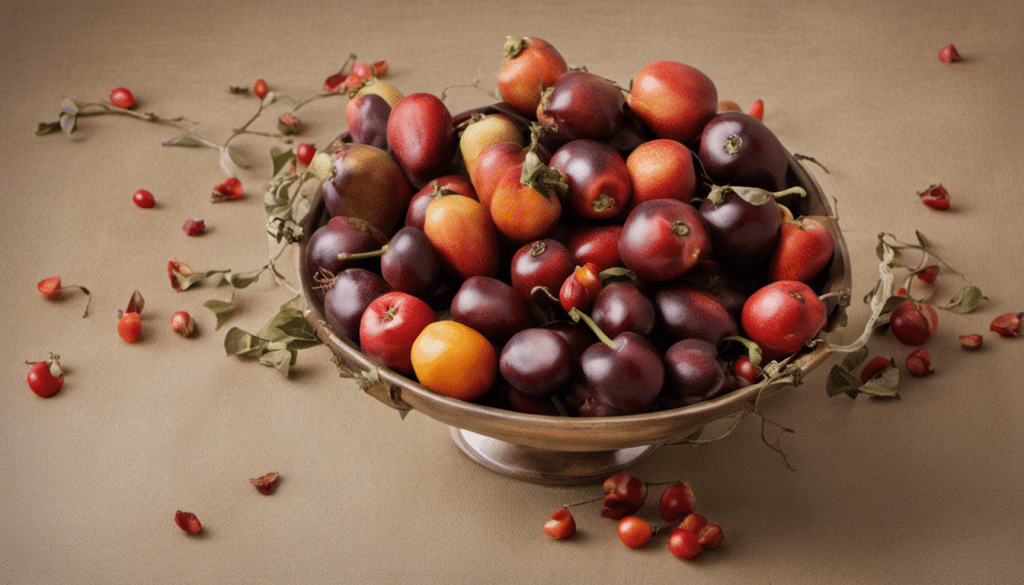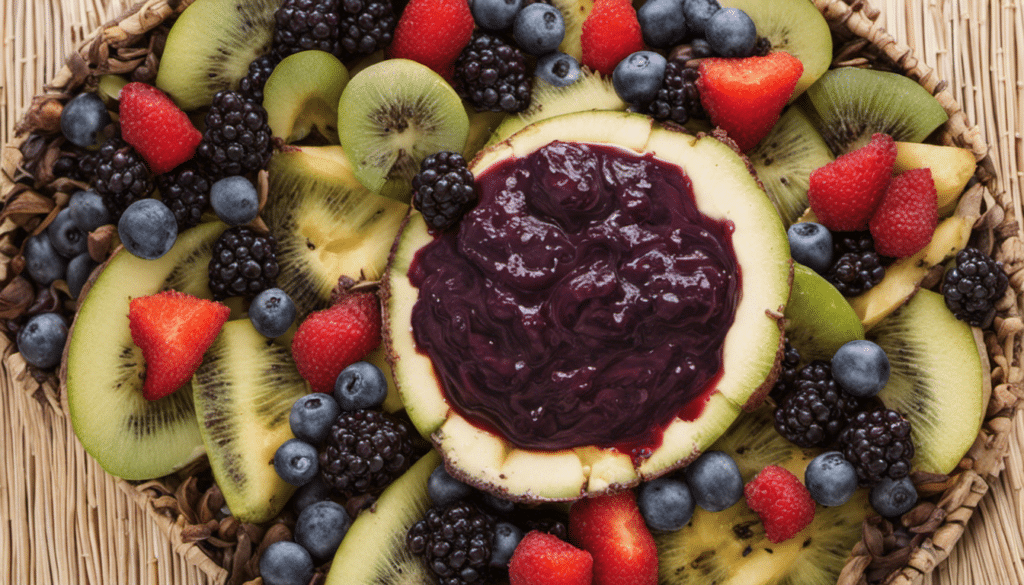All About Persimmons

Affectionately known as the “fruit of the gods” in ancient Greece, the persimmon is a vibrant delight both to the eye and to the palate. With its vivid orange skin, sweet, honey-like flavor, and a texture subtly akin to apricots and peaches, the persimmon is both an aesthetic and culinary delight that deserves to be savored.
A Brief Overview of Persimmons
The persimmon – a fruit native to China – has been cultivated for over 2000 years. It was later introduced to California during the mid-19th century. Today, there are a plethora of persimmon varieties sprouting from trees worldwide, with the Hachiya and Fuyu varieties being most commonly found in grocery stores. The Hachiya persimmons are acorn-shaped and are best consumed when fully ripe. On the other hand, Fuyu persimmons are similar in shape to tomatoes and can be eaten while still slightly firm. Healthline offers a comprehensive guide on telling apart persimmon varieties.
Nutritional Profile and Health Benefits
Persimmons are not just appealing to the taste buds; they are also rich in nutrients and offer varied health benefits. A single persimmon contains high amounts of vitamins A, C, and E, dietary fibers, manganese, and antioxidants.
The rich antioxidant content in persimmons plays a crucial role in reducing oxidative stress, a major contributor to chronic disease formation. The Vitamin A present in this fruit helps maintain healthy skin and vision, while Vitamin C boosts our body’s immunity. Dietary fibers are beneficial for our digestive health, and manganese is an essential nutrient that aids several body processes.
Additionally, persimmons contribute to cardiovascular health. They are fat-free and sodium-free, keeping your heart healthy. Plus, the high potassium content helps manage blood pressure levels.
Not limiting to these, persimmons also contain folic acid beneficial for fetal health during pregnancy, and they can even assist in weight management, being both nutritious and low in calories. To get the detailed nourishment breakdown, you can check out the nutritional profile mentioned on USDA’s official webpage.



